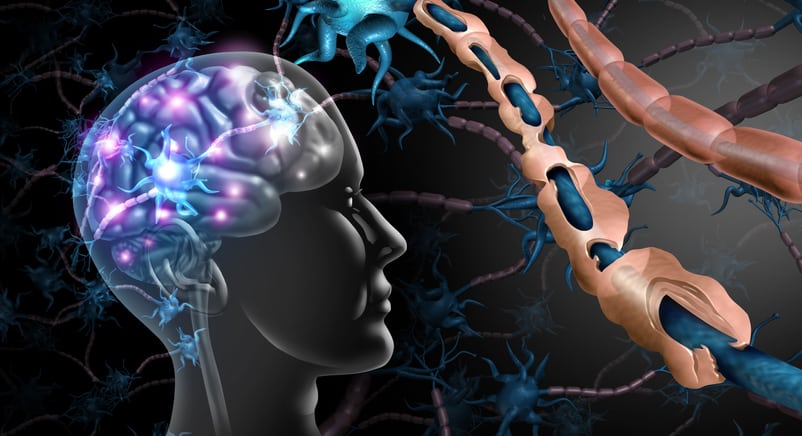The MOG-Ab (Myelin oligodendrocyte glycoprotein) antibody disorders cause neuritis. They affect the brain, spinal cord, and optic nerves. Radiological studies help in developing treatment modalities. But clinical features, course of the disease, and associated dynamics are also equally important. This study evaluates children and adults with MOGAD for a fresh perspective.
The nation-wide, retrospective study aims to throw new light on MOGAD. It included 98 children and 268 adults from multiple centers. Cox regression model was used for the recurrent time-to-event data. At the same time, Kaplan-Meier curves calculated the time taken for antibody negativity performance.
About 40.8% of children and 55.9% of adults frequently had isolated optic neuritis. In comparison, acute disseminated encephalomyelitis syndrome was more frequent in children at 36.7%, with adults at 5.6%. But, children displayed better recovery than adults at the last follow-up. Multivariate analysis showed adults at a higher risk of relapse than children. At two years, adults showed no change, but 64.2% of non-relapsing children had MOG-Ab negative, while relapsing ones were at 14.1% only.
The results put adults at higher risk of relapse and poor recovery. MOGAD also differed at the onset with distinct age-related shifts. So, adults and children require independent treatment guidelines.
Ref: https://onlinelibrary.wiley.com/doi/10.1002/ana.25909


